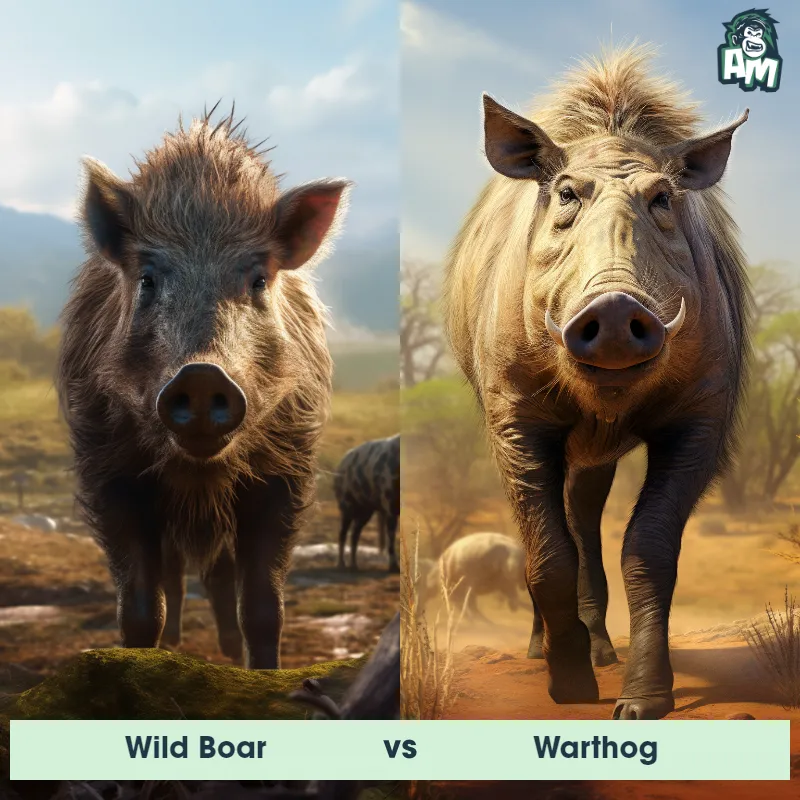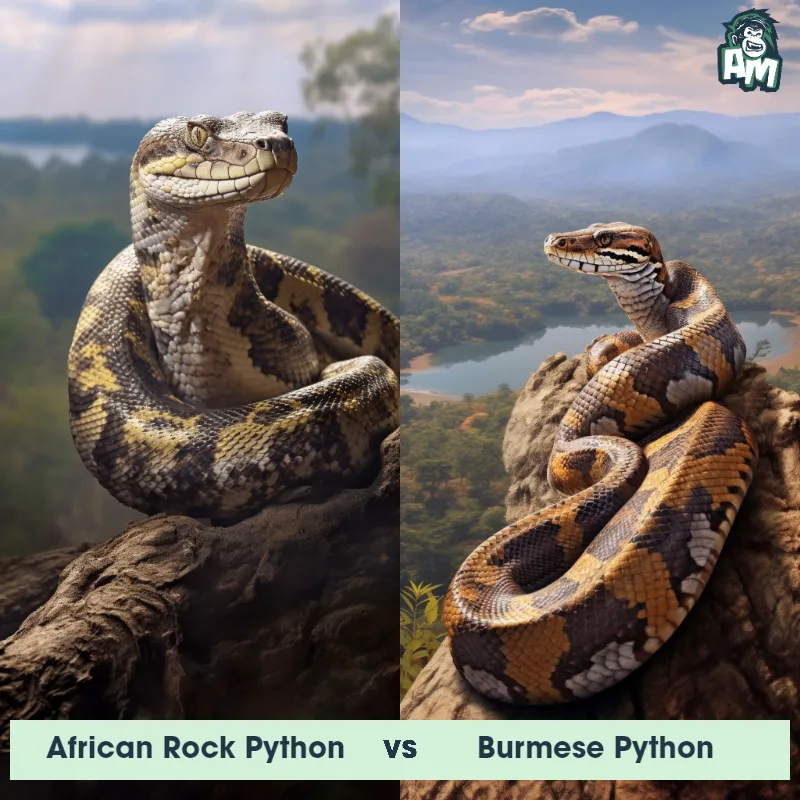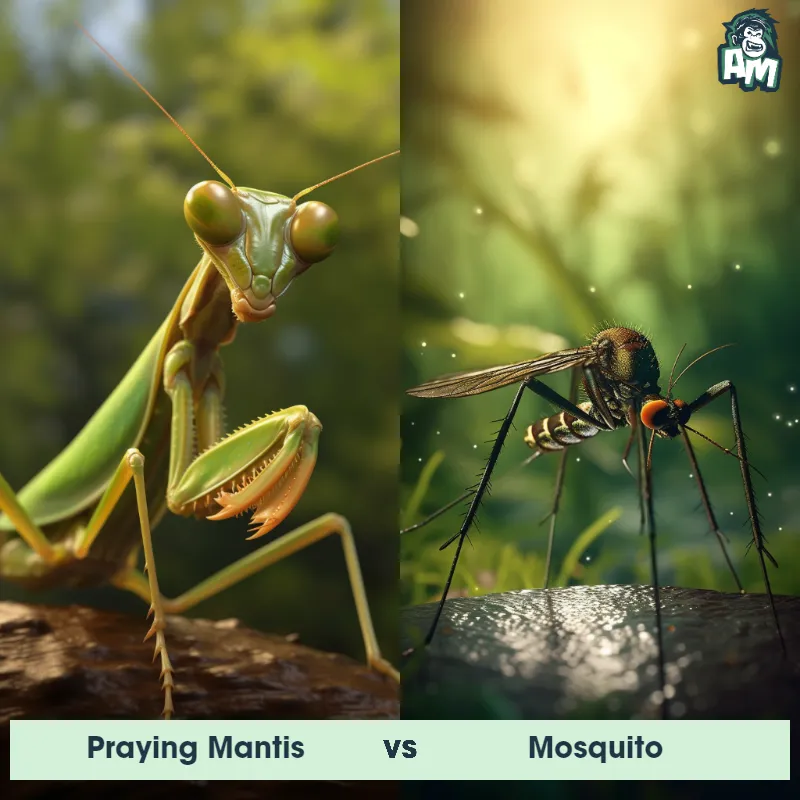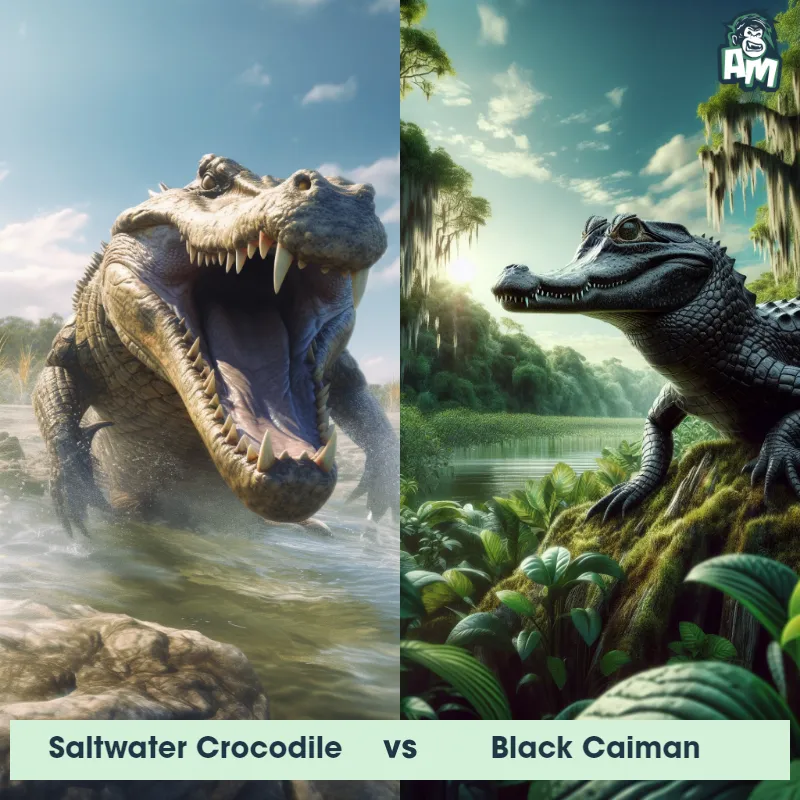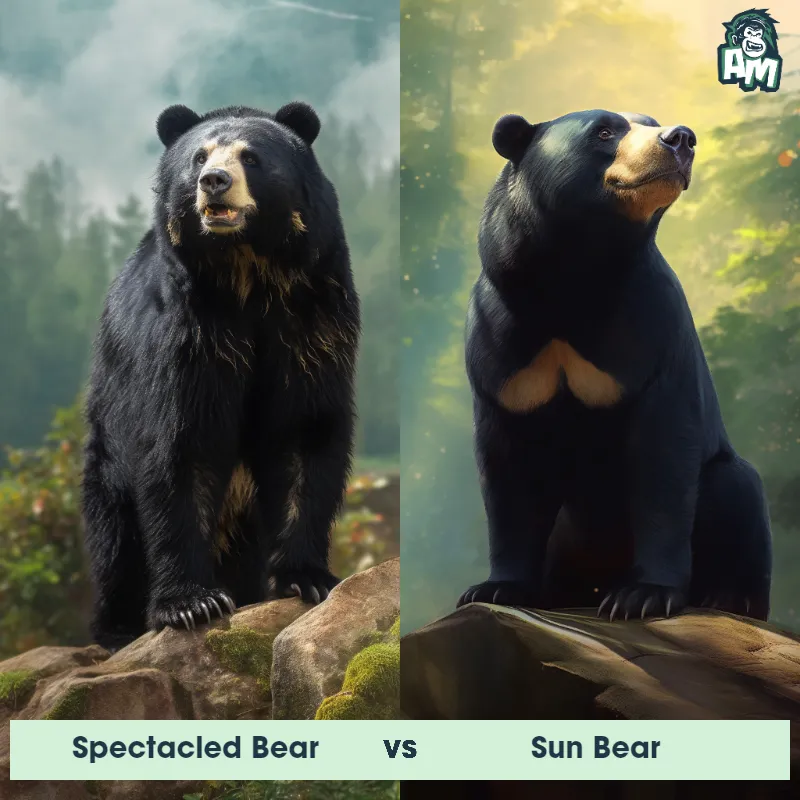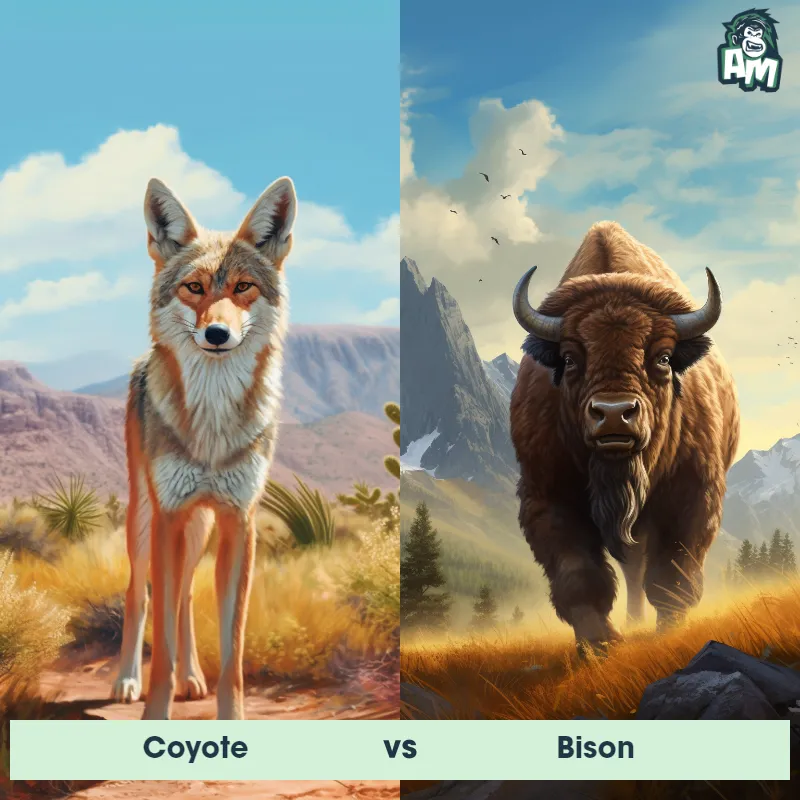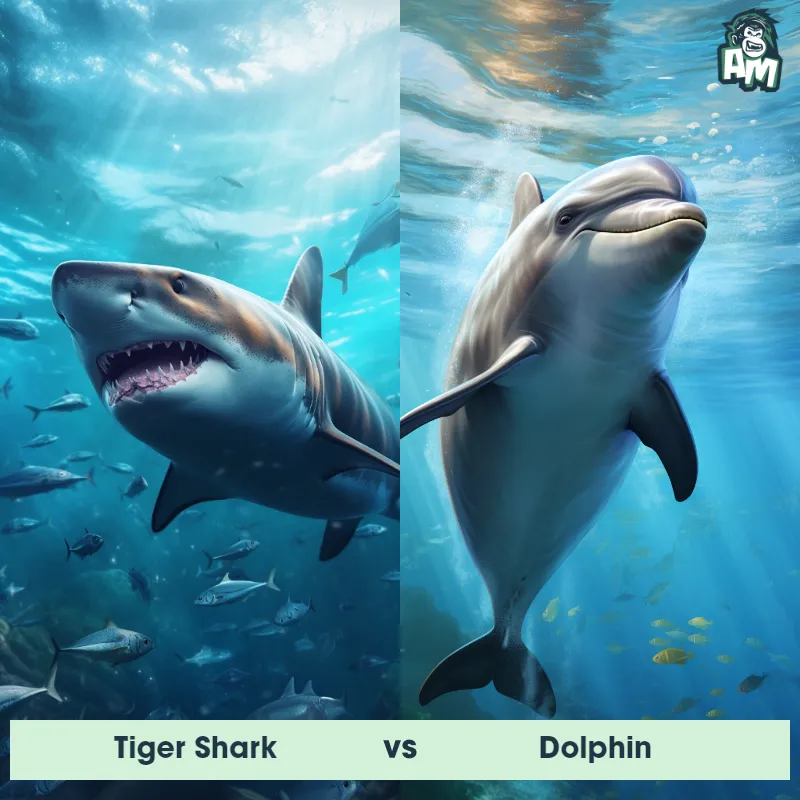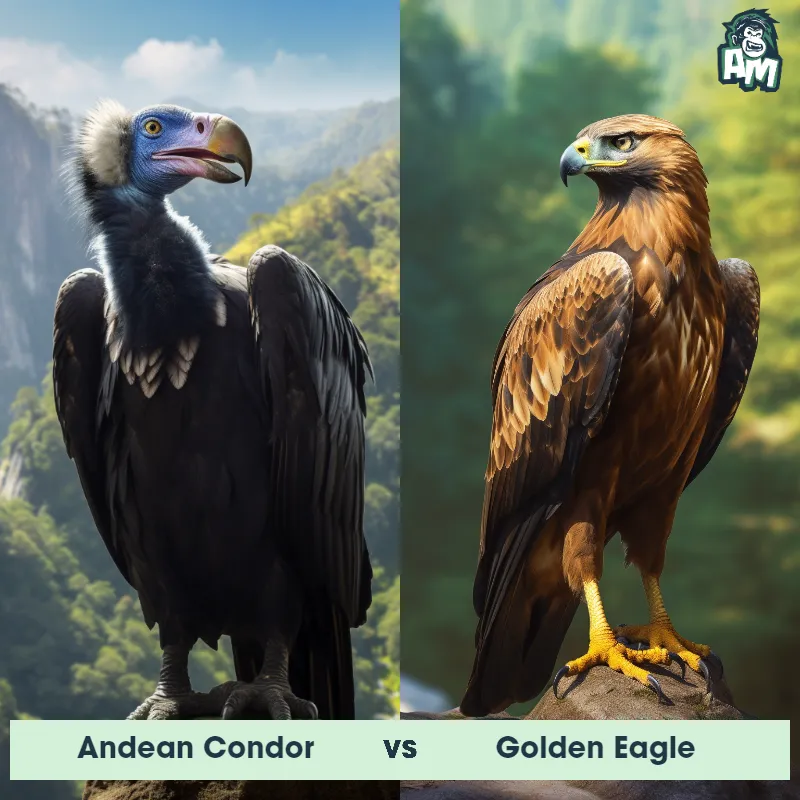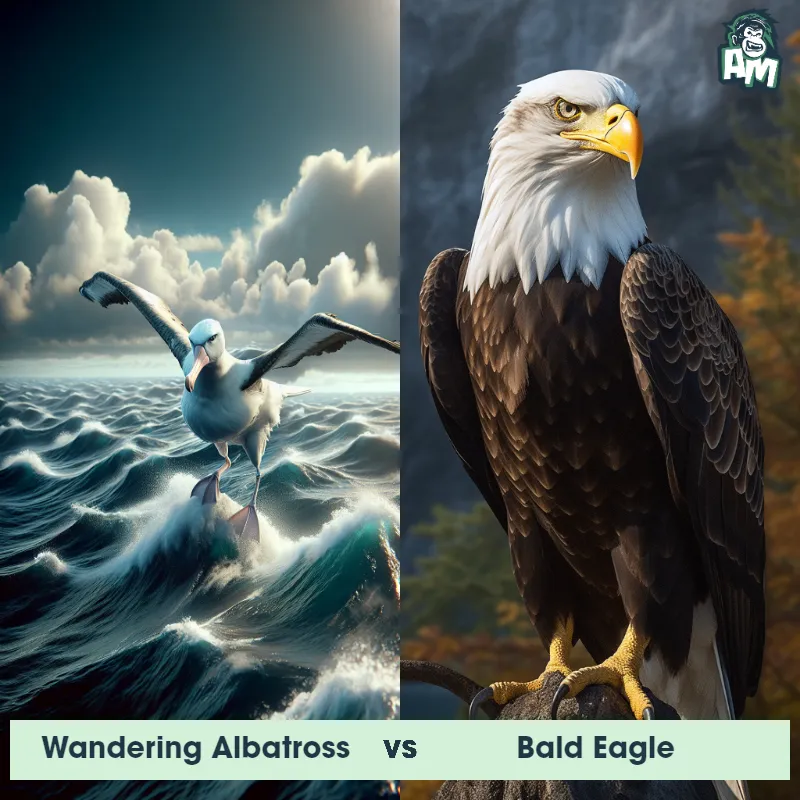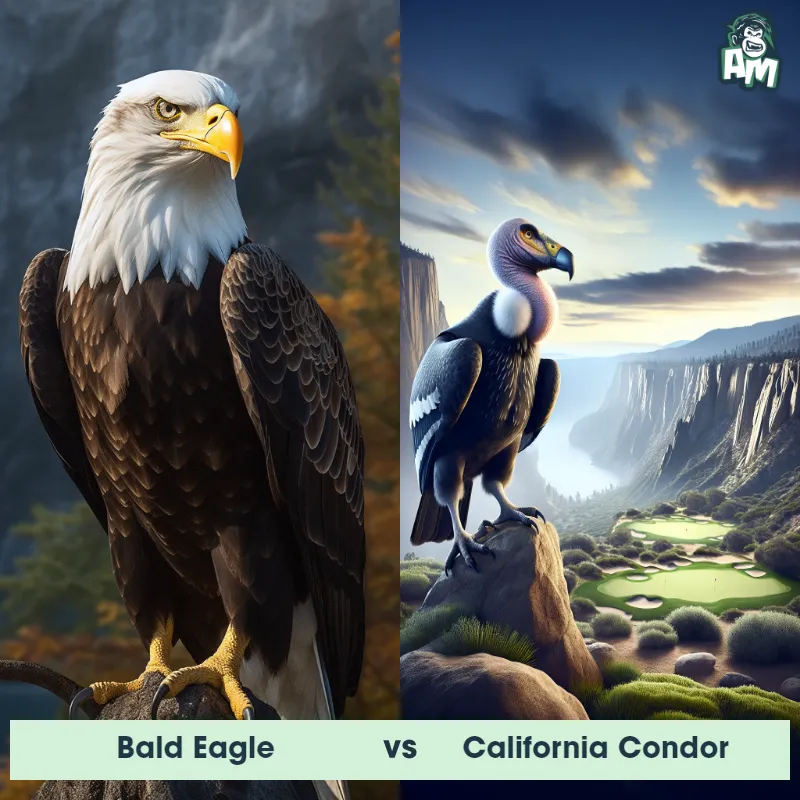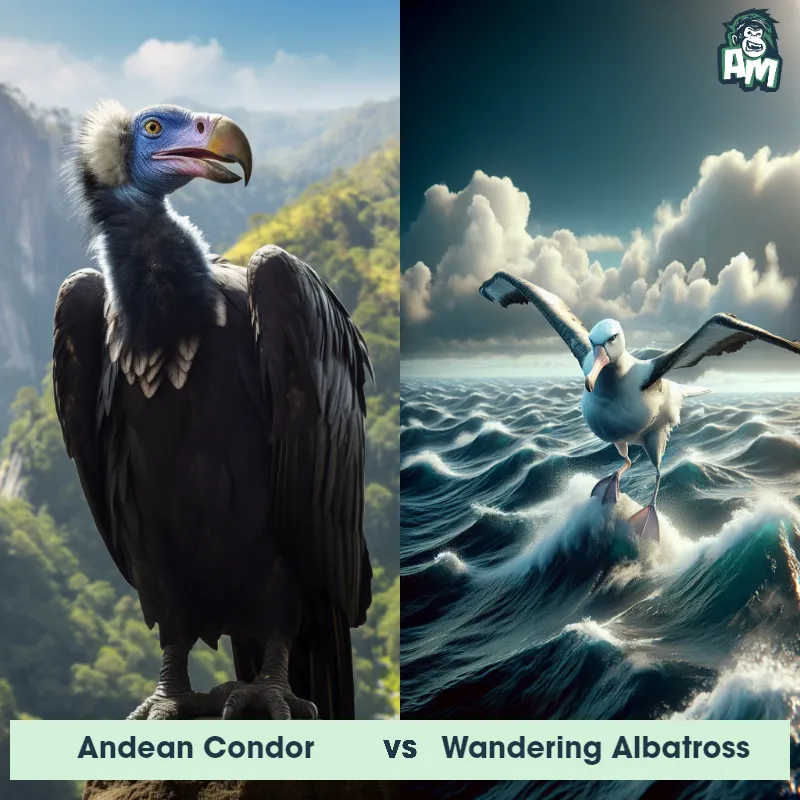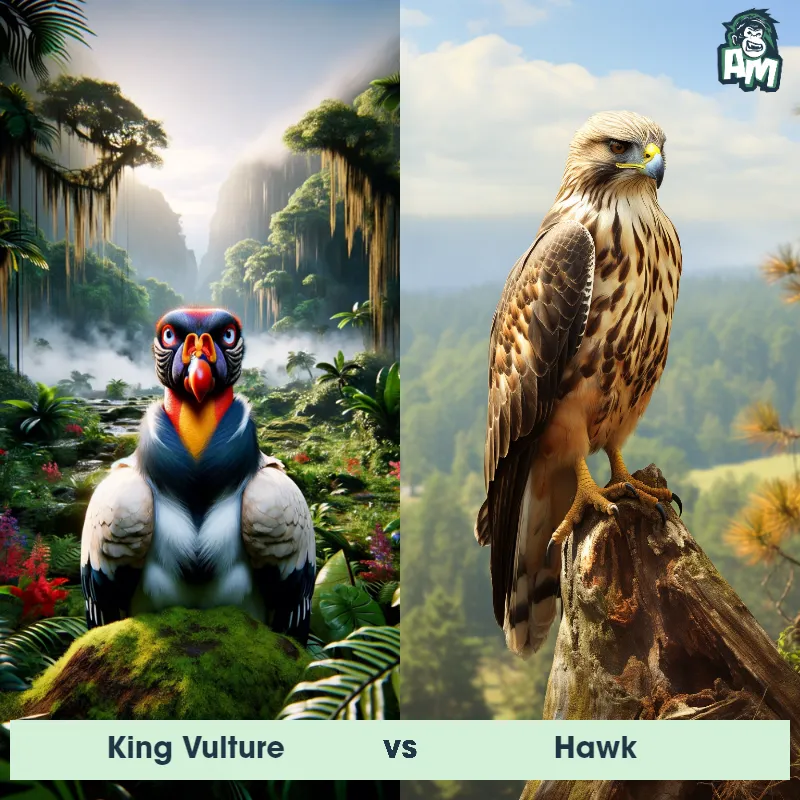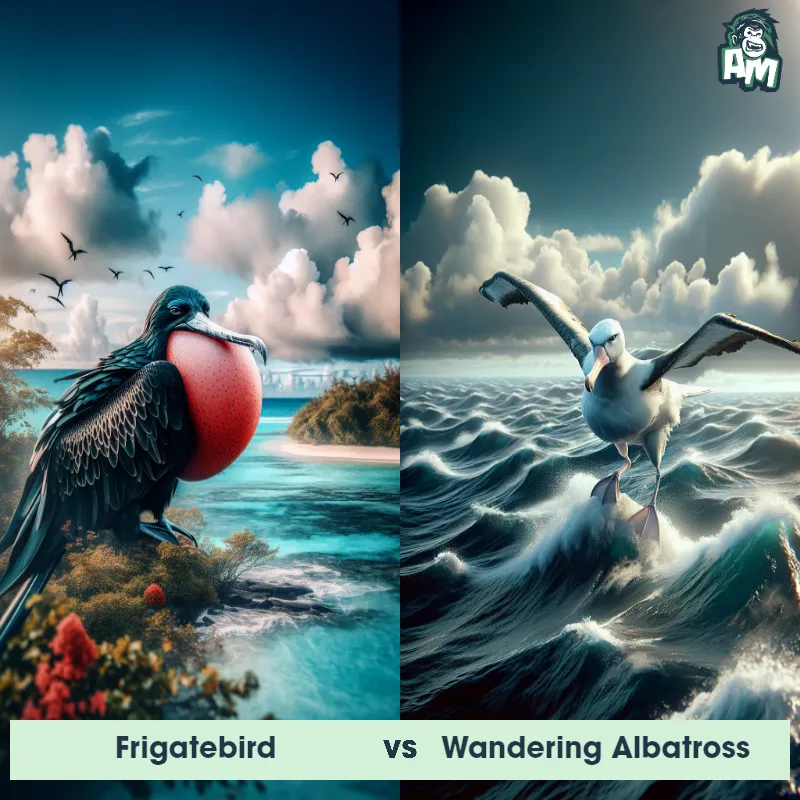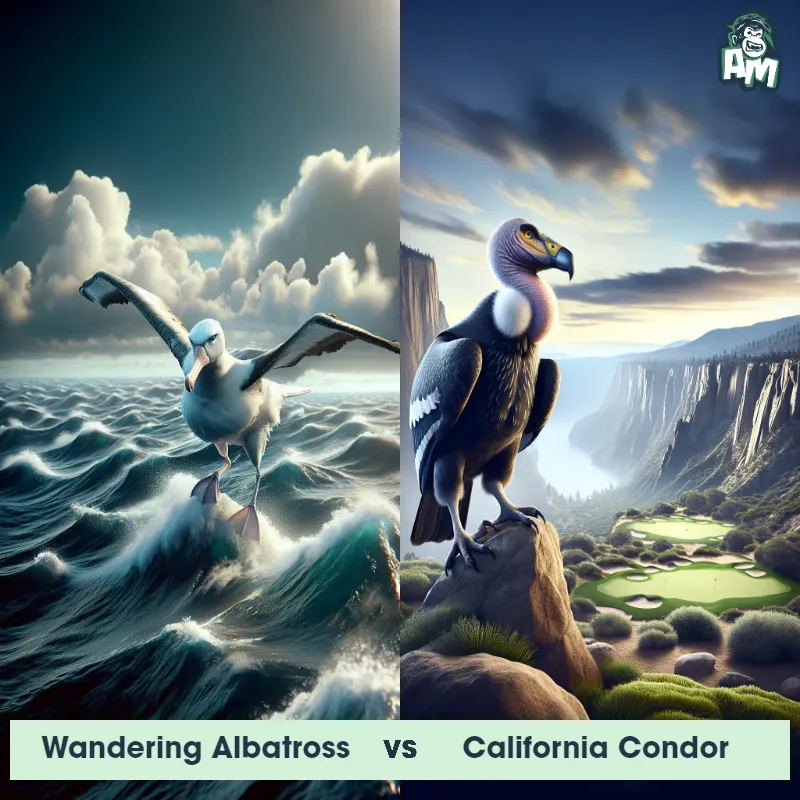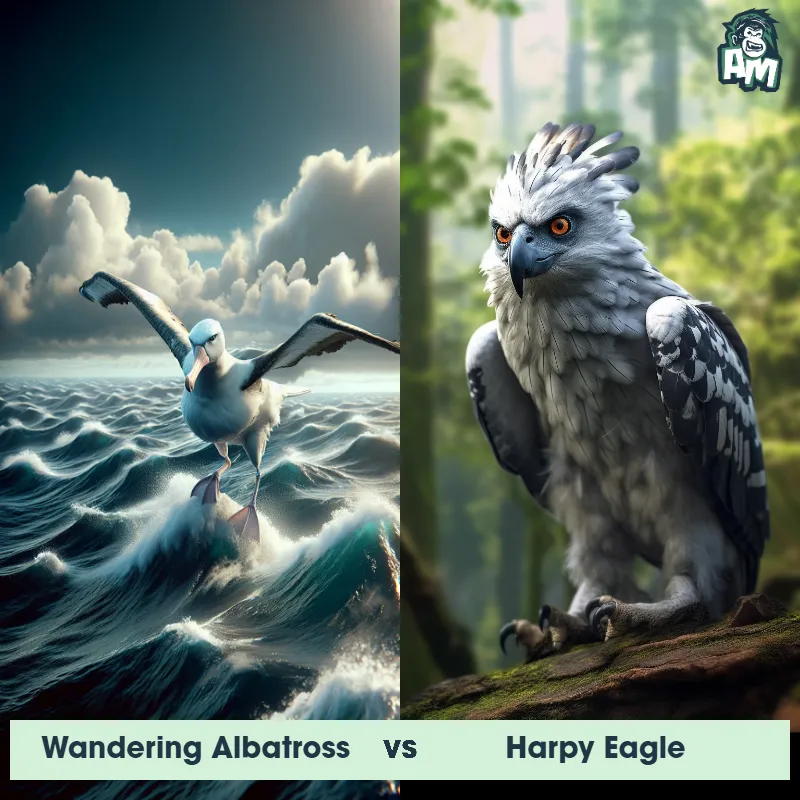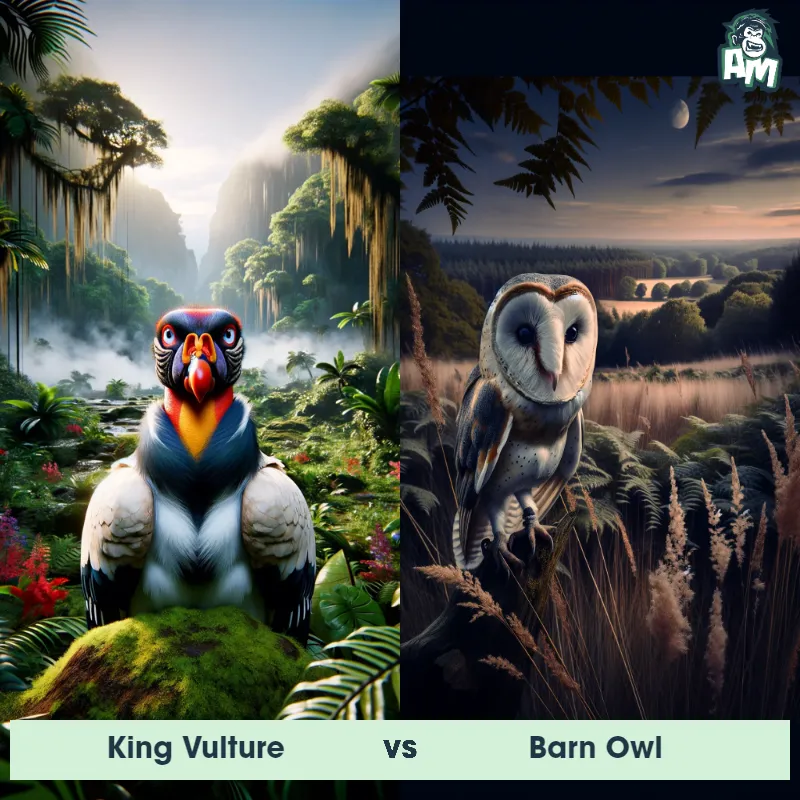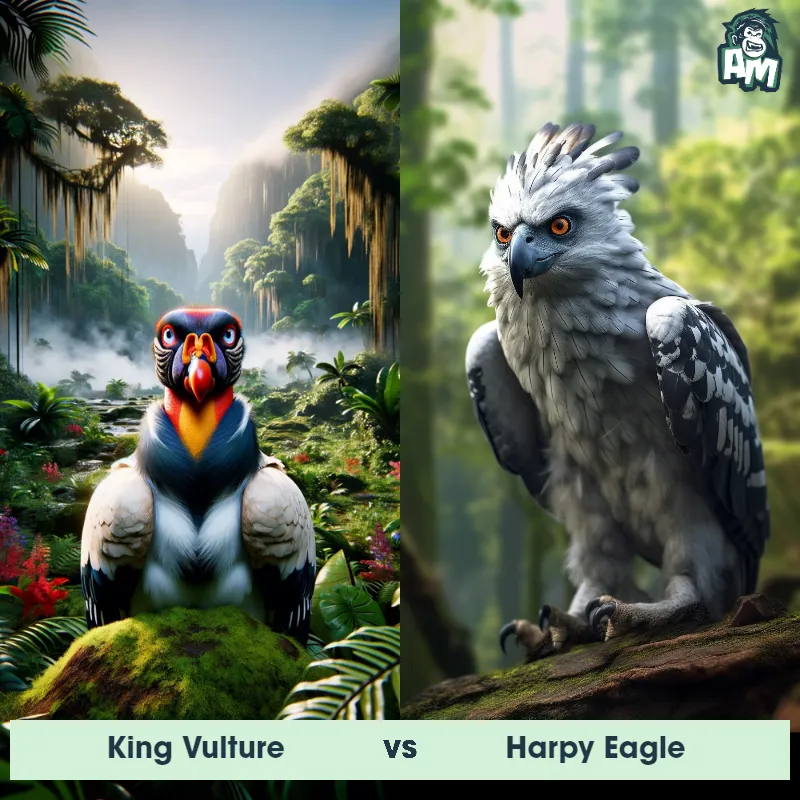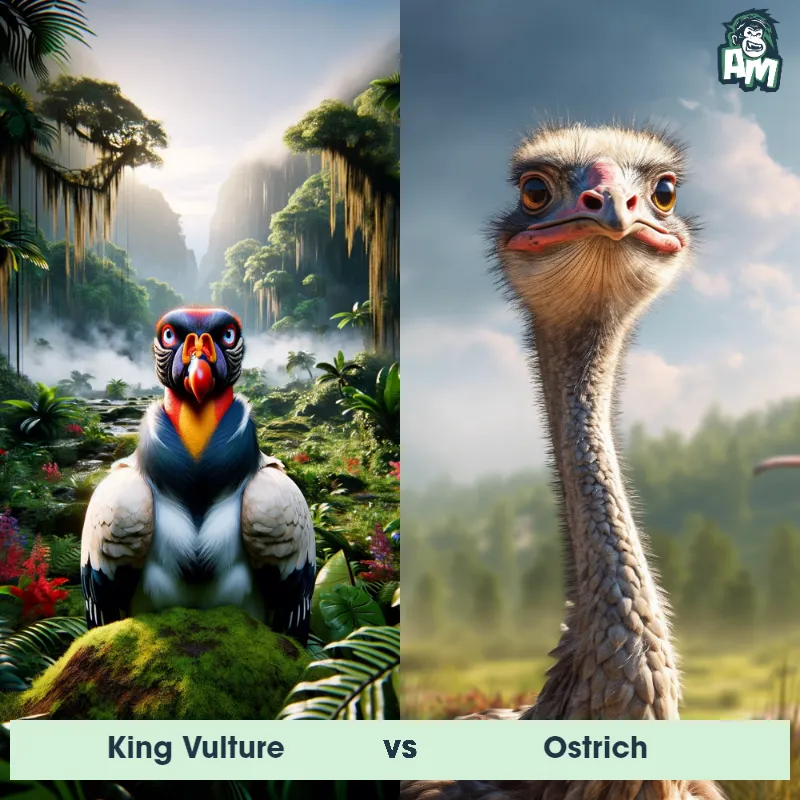Wandering Albatross vs Andean CondorSee Who Wins

Welcome, ladies and gentlemen, to this thrilling matchup between two magnificent birds of prey. In one corner, we have the Wandering Albatross, known for its impressive wingspan and soaring abilities. And in the other corner, we have the Andean Condor, with its powerful beak and strong talons. It's sure to be a fierce battle between these two aerial predators.
Contender 1: Wandering Albatross
Fun Fact:
Contender 2: Andean Condor
The Andean Condor is a large bird of prey that is found in the Andes Mountains of South America. It has a wingspan of up to 10 feet and can weigh up to 33 pounds. The Andean Condor has black feathers on its body and wings, with white feathers on its neck and head. It has a bald head and neck, which helps it to stay clean while feeding on carrion. The Andean Condor is known for its ability to soar for long periods of time without flapping its wings, using air currents to stay aloft.
Fun Fact: The Andean Condor is one of the longest-living birds, with a lifespan of up to 75 years in captivity.
Matchup Stats
| Wandering Albatross | Andean Condor | |
|---|---|---|
| Size | Wingspan: 10 to 11.5 feet (3 to 3.5 meters) | Wingspan up to 10 feet (3 meters) |
| Weight | 9 to 11 pounds (4 to 5 kilograms) | Up to 33 pounds (15 kilograms) |
| Speed | 79mph (127km/h) | Speed: 55 mph (88.5 km/hr) |
| Key Strength | Strong wings and beak | Powerful wings and sharp talons |
| Biggest Weakness | Clumsy on land, weak on solid ground | Vulnerable to attacks on the ground |
Current Votes
Wandering Albatross vs Andean Condor
See Who Wins
View More Matches
Looking For More?
Similar Matches
Scientific Stats
| Wandering Albatross | Andean Condor | |
|---|---|---|
| Scientific Name | Diomedea exulans | Vultur gryphus |
| Family | Diomedeidae | Cathartidae |
| Habitat | Open ocean, southern seas | Mountains |
| Geography | Nesting on subantarctic islands, foraging in southern ocean waters | Andes Mountains of South America |
| Diet | Squid, fish, crustaceans | Carrion (dead animals) |
| Lifespan | 50 years - 60 years | 50 years - 75 years |
Key Differences between Wandering Albatross and Andean Condor
- Habitat: The Wandering Albatross is primarily found in open ocean habitats, rarely coming to land except to breed, while the Andean Condor inhabits mountainous regions and coastal cliffs.
- Size: The Wandering Albatross is significantly larger than the Andean Condor, with a wingspan of up to 11 feet compared to the condor's wingspan of around 10 feet.
- Beak shape: The Wandering Albatross has a long, hooked beak adapted for catching marine prey, whereas the Andean Condor has a shorter, more rounded beak for scavenging on carrion.
- Conservation status: The Wandering Albatross is classified as vulnerable due to threats such as bycatch in fishing gear and pollution, while the Andean Condor is listed as near threatened mainly because of habitat loss and hunting.
- Coloration: The Wandering Albatross has predominantly white plumage with dark wingtips, while the Andean Condor has a mostly black body with white patches on its wings and neck.
- Flight pattern: The Wandering Albatross is known for its graceful and effortless soaring, riding on air currents over vast distances, whereas the Andean Condor tends to fly in a more direct and purposeful manner.



